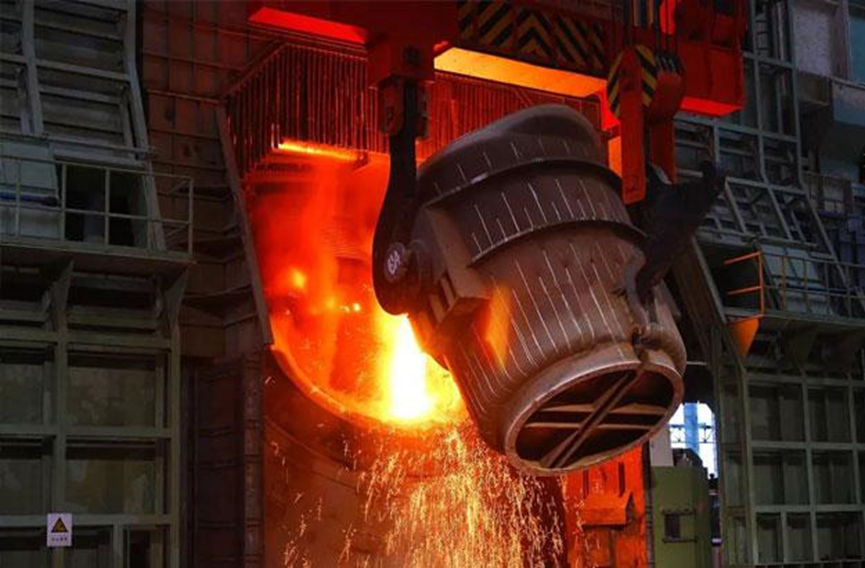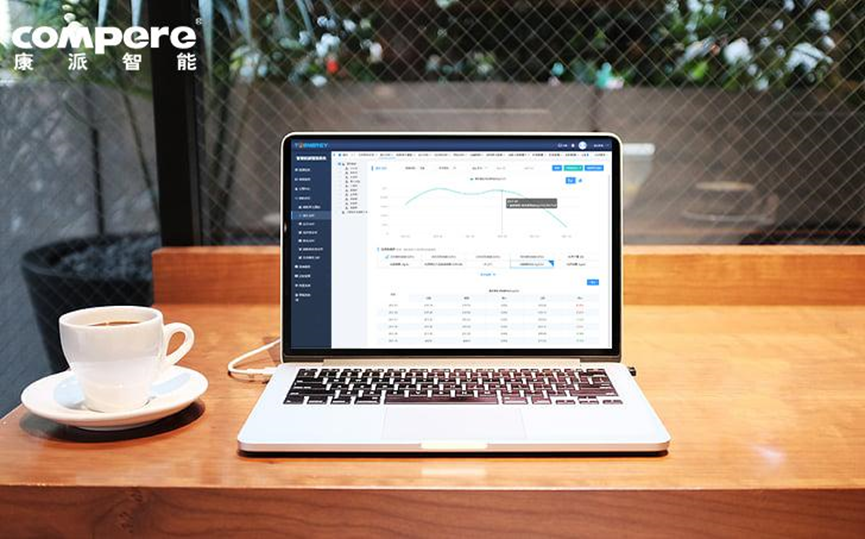As a major energy consumer, the steel industry is one of the key industries for energy conservation and emission reduction. With the proposal and continuous deepening of the "dual carbon" goal, the government are strengthening energy management. Therefore, the steel industry has to build the energy management system to promote the realization of energy saving and consumption reduction goals. Compere provides overall solution of the steel plant energy management system as below:
Project Description
We have summarized some common problems in the steel industry: such as difficult to monitor energy consumption and emissions, complex production processes and difficult monitoring, difficulty in coordinating production plans, lack of equipment operation monitoring, and information islands between systems.
Compere has developed the T@ENERGY smart energy management system, using IOT, big data algorithm analysis, digital twin, etc. technologies, combined with the process links and energy consumption characteristics of steel production, to create a specific steel industry energy management system platform.
The smart energy management system realizes the automatic collection, storage and upload of real-time factory data, strictly controls the production plan, improves the efficiency of the production process, reduces energy consumption and emissions, and helps the energy management of steel manufacturing plants to transform into efficient, energy-saving, green and environmental protection.
Project goal
1. Build a data storage center, complete the AI analysis of enterprise data, and realize the system docking and data sharing;
2. Build a factory data collection ring network, complete localized installation, and realize automatic data collection and upload;
3. Real-time monitoring of production operation status, reduce operation and maintenance costs, and improve work efficiency;
4. Provide data analysis of various energy consumption and provide data support for energy audit work;
5. Assist the management to fully grasp the use of various energy sources, and promote the planning and implementation of energy-saving assessments.
Project Overview
T@Energy smart energy management system collects the energy consumption and operation information of each monitored nodes, forms the classification, regional statistical analysis of energy consumption, uniformly dispatches energy, optimizes energy medium balance, improves environmental quality, Reduce the comprehensive energy consumption of enterprises and improve labor productivity, provide customers with scientific energy management methods, help customers use energy more effectively, and achieve "energy saving management, green efficiency".
Energy Management System Architecture
The system mainly includes the data acquisition and application system. The architecture is mainly divided into 4 parts: the smart device layer, the network communication layer, the server layer, and the energy management platform application layer.
System function
1. Energy management and control improvement
Departmental energy consumption allocation KPI, high energy-consuming equipment performance maintenance monitoring, unit production energy consumption tracking, carbon emission management.
2. Comprehensive energy consumption analysis and AI prediction and early warning
Use big data crawlers to establish various analysis models, calculate unit product energy consumption, and establish reasonable energy efficiency targets to monitor energy consumption, carry out forecast and early warning according to the set target value of regression analysis.
3. Energy saving opportunity identification and monitoring
Real-time energy consumption monitoring of energy-consuming units, quantitative analysis and monitoring of energy saving and waste, identification of energy saving opportunities, and saving energy expenses through management improvement and technological transformation.
4. Carbon emission and forecasting function
For the accounting of the total emissions of enterprises and the emissions of each process, process unit, and key energy-consuming equipment, it can meet the needs of carbon emissions calculation and forecasting in different industries and situations.
5. Energy expert system
Based on big data, through the calculation of different types of energy data, the system has formed a knowledge base of more than 2,000 solutions. On this basis, there are power supply and distribution expert systems, boiler expert systems, motor expert systems, steam expert systems, and water supply and drainage expert systems. And compressed air, oxygen nitrogen argon expert system, etc.


